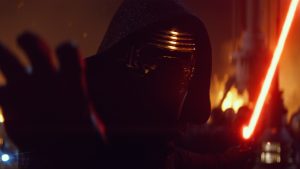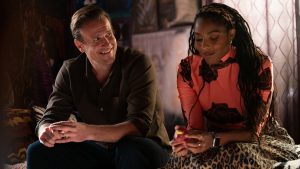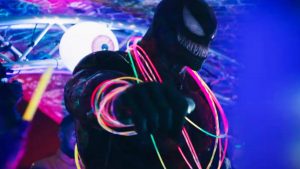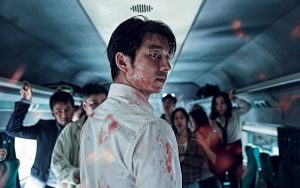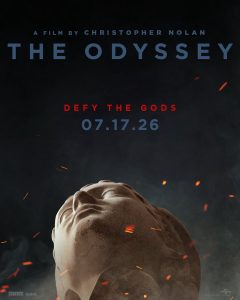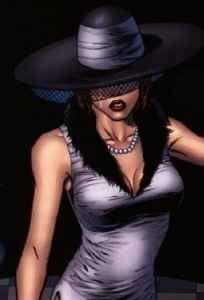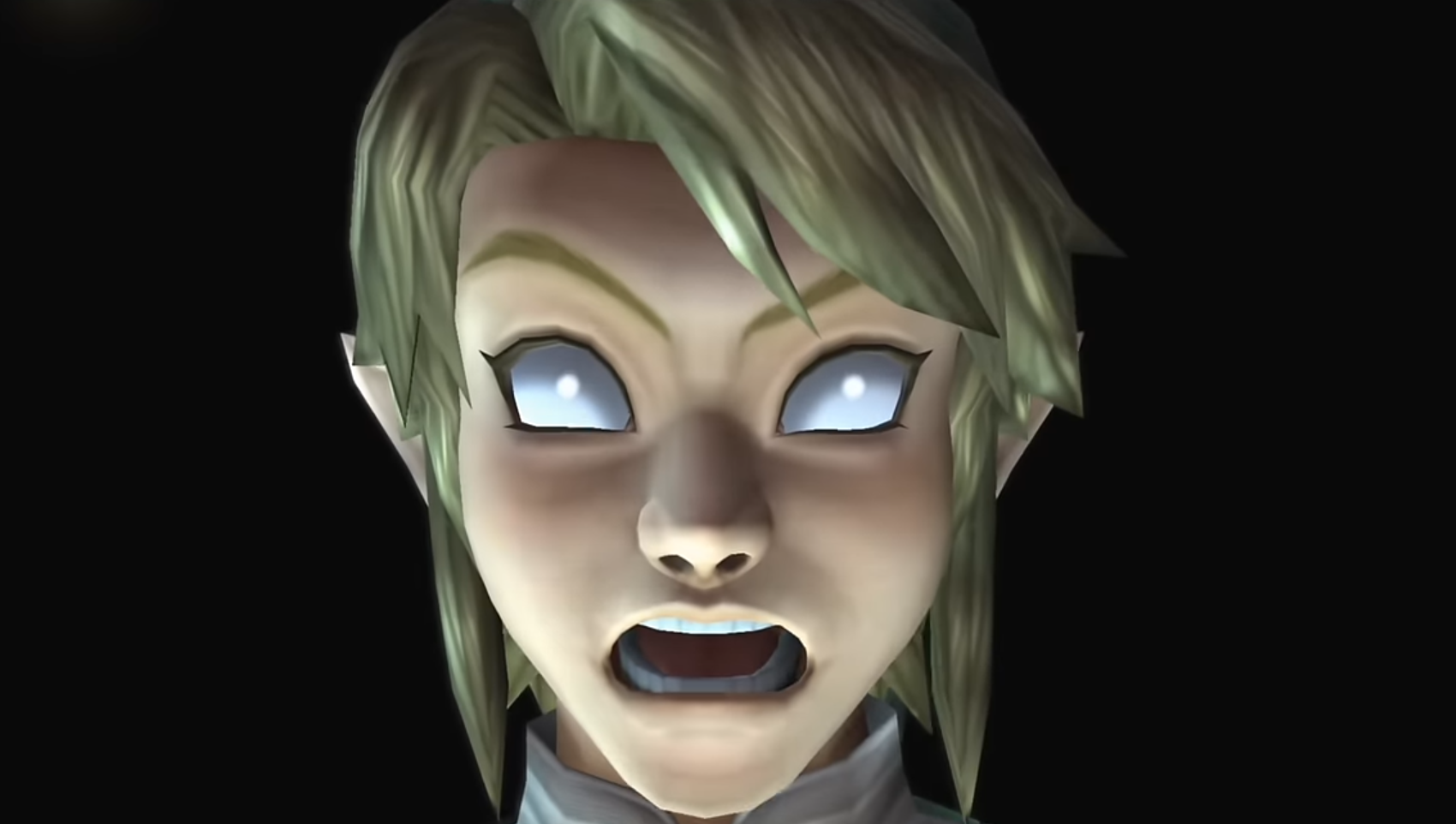
Though presented with a family-friendly focus, as with the vast majority of Nintendo’s first-party franchises, The Legend of Zelda does feature a surprising number of scary moments, even in its more innocently animated titles. As someone who played The Legend of Zelda games at an early age, some of these moments were mildly traumatic or, at the very least, have vibrantly stayed with me for many years after witnessing them for the first time in my own gameplay experiences.
From monstrously grotesque enemies and creepy dungeons to explore to unsettling story beats and tense jump scares, Zelda knows when to pivot from naturalistic fantasy to something darker with horrific undertones to great, and certainly memorable, effect. Here are the scariest moments in The Legend of Zelda, perfectly poised to startle and unsettle even the most ardent Heroes of Time as they set out to save Hyrule.
The Royal Grave of Hyrule
When The Legend of Zelda transitioned into 3D with the Nintendo 64 classic Ocarina of Time, it brought a darker edge to the fantasy franchise, with ravenous monsters and an alternate future ravaged by the ultimate evil. The first inklings of how Ocarina of Time would get take place early in the game when Link visits the royal crypt located in the graveyard of Kakariko Village. Delving deeper into the crypt, Link finds it full of shambling zombies who freeze the young hero in his tracks with a bloodcurdling scream.
From an eerie cutscene with a sudden lightning strike opening up the royal crypt to the ominous layout of the crypt itself, Ocarina of Time shifts hard to a scarier mood with Kakariko Village. The Redeads – Zelda’s term for zombies – are among the freakiest recurring enemies in any of the games, made all the more terrifying in their transition to 3D, especially with their strange humping attack on Link. And to add insult to injury, the royal crypt then forces Link to reenter the room full of Redeads after reaching the end of the crypt, making players face their fears before they’ve had any time to recover.
The Secret of Ikana Canyon
Nintendo’s sequel to Ocarina of Time, 2000’s The Legend of Zelda: Majora’s Mask for the N64, is a sadder and angrier game than its iconic predecessor. The world of Termina may look like a refracted version of Hyrule but something feels fundamentally off, even before taking into account the moon about to collide with the strange realm. Link quickly discovers that pain runs deep in Termina, often assuaging it with the magical Song of Healing, with a particularly frightening case in Ikana Canyon.
Ikana Canyon is a literal ghost town, already evoking a foreboding atmosphere when Link walks into the dusty town where killer mummies roam freely. Overlooking the town is a house shaped like a music box, with the door usually kept shut by a girl who periodically leaves to inspect the town’s well. If Link sneaks inside and ventures into the house’s basement, he finds a man partially transformed into a mummy ready to attack in one of Majora’s Mask‘s greatest jump scares.
The Corruption of Blizzeta
2006’s The Legend of Zelda: Twilight Princess marked the franchise’s return to a more realistic animation style and darker tones as popularized by Ocarina of Time. This emphasis on heightened darkness is something that carried over to the game’s narrative themes, with Hyrule swept up by the corrosive power of the otherworldly Twilight Realm. As the Twilight Realm begins to affect the kingdom, several friendly characters are corrupted, including the friendly Blizzeta.
One of the most chilling and subversive scenes in Zelda history takes place in Snowpeak Ruins, which players aren’t even sure it’s a dungeon until partway through progressing through it. Blizzeta, who had previously and amiably guided Link to and through Snowpeak, suddenly transforms into a fanged monster with bright red eyes after being corrupted by a shard of the Twilight Mirror. Another effective jumpscare, Blizzeta’s heel turn is a plot twist that stands out in a game full of them, genuinely creeping out any unsuspecting player and making even experienced players uneasy in the build-up.
A Duel With Shadow Link
Of all the surreal and chilling moments in Ocarina of Time, few could’ve anticipated that one of the most enduring would be in the Water Temple – and, no, we’re not talking about the logistical nightmare of constantly altering its water levels. Right before Link upgrades his trusty hookshot, he enters a room which, unlike the rest of the temple, appears to take place outside in a shallow pond with a small island, with no exit in sight. When Link looks away from the tree and looks back, he finds Shadow Link, a dark reflection of himself, ready for a fight to the death.
The duel with Shadow Link in Ocarina of Time feels out of place in the Water Temple, indeed, it feels like it could be from a completely different game altogether. This actually enhances the fight itself, making it one of the most unique encounters in the game, with its narrative implications remaining an open mystery. A haunting moment in an otherwise tedious dungeon, Shadow Link has developed his own reputation from his memorable appearance beyond Ocarina of Time.
The Terrors of The Silent Realm
Though 2011’s The Legend of Zelda: Skyward Sword is a largely bright and energetically soaring entry in the series, befitting its aerial premise, the game still features periodic unsettling moments. The biggest instance of this has Link transported to the ethereal Silent Realm to prove his spiritual worthiness, separated from his body and, by extension, all his usual weapons and items. As Link moves to recover Sacred Tears, relics allowing him to escape from the Silent Realm: the pocket dimension’s Guardians and Watchers will periodically awaken and relentlessly pursue him.
From its tension-stoking music to Link himself being completely defenseless, the Silent Realm feels like the Zelda equivalent of Sonic the Hedgehog nearly drowning in his Sega Genesis titles. Zelda players are used to being able to fight back against the most formidable monsters and opponents and, to suddenly take that away, the Silent Realm is a completely different kind of fear and suspense that they won’t be used to. If you are unfortunate enough to aggro a Guardian or Watcher, you run. You run as fast as you can and don’t look back.
Venturing Into The Shadow Temple
Dungeons in The Legend of Zelda games already have an inherently creepy quality to them, often shrouded in darkness, heavily populated by monsters, and containing their own secrets. Ocarina of Time takes that to another level with the Shadow Temple: a dungeon in the latter portion of the game tucked away in Hyrule’s graveyard and built into the kingdom’s subterranean crypt. Making the Shadow Temple all the more deadly and terrifying is that much of it is invisible, with Link having to rely on the Lens of Truth to see his surroundings unless he wants to endure sudden, unexpected death.
Right from its haunting choral arias and harpsichord flourishes, it’s clear that the Shadow Temple is going to be a terror-fueled thrill ride. With a dungeon revolving around the theme of death, right down to Link riding a ship across the Hyrulean equivalent of the River Styx, the Shadow Temple is the most disturbing dungeon Zelda has delivered to date. And more than just set dressing, the abundance of the franchise’s most horrifying enemies, makes this the ultimate haunted house experience.
A Ghost Ship On The Great Sea
2002’s The Legend of Zelda: The Wind Waker on the GameCube shifted the franchise’s animation style away from a more realistic presentation to a cel-shaded cartoon-like style and reimagined much of the Zelda mythos to match these aesthetics. This made for a more innocent and child-like wonder quality to the game but even The Wind Waker could evoke its fair share of chilling moments and did. The most striking of all is the Ghost Ship, which appears only at night and at certain locations in the Great Sea based on the phases of the moon.
Several characters in The Wind Waker speak of the Ghost Ship with visible fear, with the ship itself sure to send chills whenever the player happens to encounter it during their voyages. The HD remaster of The Wind Waker on the Wii U makes venturing inside the Ghost Ship part of the main quest to recover a Triforce Shard, with the remaster also making the vessel more atmospherically creepy with its augmented details. Upon successfully boarding the ship and recovering its treasure, Link is rewarded with a ghostly laugh and inexplicably wakes up the next morning, giving the entire experience a surreal quality that makes the Ghost Ship that much scarier.
Battle With a Dead Hand
Looking back, it’s hard to believe that Ocarina of Time received an “E for Everyone” ESRB rating when it was released in 1998. The significantly darker tone from past Zelda games and increased emphasis on combat, with occasional bloodshed, is apparent for much of the game and almost assuredly frightened younger gamers at the time. One specific enemy alone in Ocarina of Time should’ve pushed that ESRB rating over into “T for Teen” territory, the dreaded Dead Hand.
First encountered at the bottom of Kakariko Village’s well, the Dead Hand fills a room with pale, undead hands like tentacles, with the blood-stained creature itself erupting from the ground whenever one manages to grab Link. As the hand throttles Link, the grotesque Dead Hand shambles over and bends down to take a big bite out of our hero with its ghastly maw. Link has to battle two Dead Hands over the course of Ocarina of Time – even more in the Master Quest – but, thankfully, Zelda has never brought this particular source of nightmare fuel back.
The Wallmaster Strikes
Another supremely creepy Zelda enemy that has been a part of the franchise since the beginning are the Wallmasters: disembodied hands that roam dungeons, whisking Link to the entrance if they get their hands on him. Compared to the skeletons and bats Link normally encounters in the original Zelda’s dungeons, there is just something especially off-putting about these relentless hands. And when it came time to bring Zelda into 3D with Ocarina of Time and its subsequent follow-ups, Nintendo didn’t disappoint in really making the Wallmasters truly horrifying enemies.
Ocarina of Time introduces Wallmasters in the Forest Temple and, if players aren’t careful in noticing a growing shadow over them and the sound of something falling down, they may get plucked by Wallmasters mercilessly. With this redesign, Wallmasters resemble something someone might encounter in Elden Ring, complete with an eye on the severed hand stump and the ability to go invisible or spawn smaller Wallmasters. After Majora’s Mask, Wallmasters would be relegated back to handheld Zelda titles, giving all home console players a collective sigh of relief.
Link’s Twilight Princess Nightmare
With its soft focus and core premise of flitting between Hyrule and the Twilight Realm, Twilight Princess has a dream-like quality permeating across much of the game. That quality veers into the realm of nightmares on multiple occasions, most notably during an expository cutscene providing background about the story and Triforce after defeating the Dark Insect Queen. Link has a vision of a group of Dark Links attacking him before they are banished to the Twilight Realm.
A big part of what makes this sequence so startling is that it occurs to a lengthy exposition dump that’s completely derailed when Link’s best friend Ilia appears with blank eyes and tries to kill him with a knife. This leads to the arrival of the Dark Links who, unlike their appearance in Ocarina of Time, appear more smug and sinister as they invite Link to join their ranks. There was always something unsettling about the prospect of fighting a doppelganger of yourself but, with Twilight Princess, this memorable enemy is given a disturbing backstory that will stay burned into your brain forever.
The post The Legend of Zelda’s Scariest Moments of All Time appeared first on Den of Geek.
